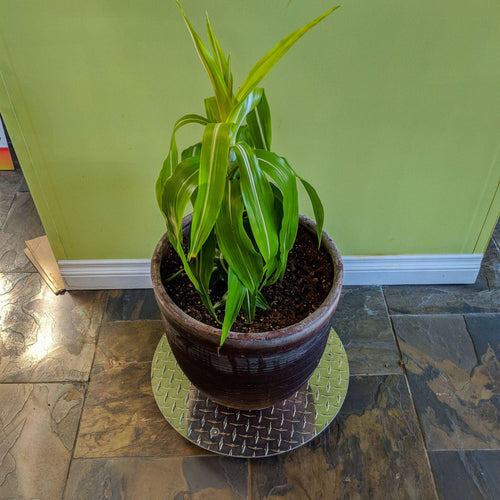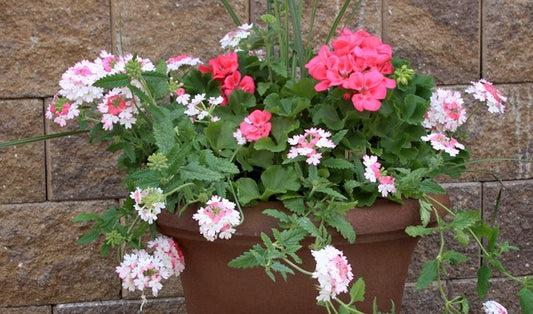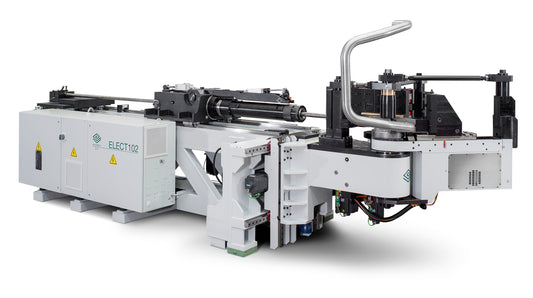Growing plants indoors is a fantastic way to teach your kids about nature and science while spending time with them. It’s easy to tailor a project to fit your needs and budget, and may spark a life-long love of plants in your little ones!
One of the best parts about container gardening indoors is that it doesn’t need much space. A sunny windowsill or spot on the bookcase is all it requires.
If you’re short on space for containers or want to create a designated growing area for your plants, it’s easy to add shelving in any room of your home to hold your indoor gardening adventures. Opt for sleek stainless steel floating shelves for a modern look or install shelf brackets and build custom shelving to match your home’s style and decor.
So, let’s talk about great ideas for container gardening with kids!
- Starting seeds
Planting seeds and watching them germinate and grow is a simple, inexpensive way to teach kids basic biology. Doing it inside your house puts all of the action front and center, giving them a front-row seat to the show.
Great seeds to start with kids include sunflowers, salad greens, marigolds, beans, and peas. They germinate quickly with little care needed from you.
- Herb gardens
Growing herbs not only teaches kids about plants, but it may also encourage them to try new recipes. They are also relatively easy to grow, with many requiring very little care other than basic watering and periodic fertilization.
You can choose from many prefabricated herb garden kits available online, or personalize an herb garden to your family’s style and taste by mixing and matching various plants.
- Fairy gardens
Fairy gardens are gaining popularity quickly, especially with families that have young children. They not only teach the basic concepts of indoor gardening, but they also provide a touch of whimsy to your home.
Let your children help choose the plants and all the fun accessories to customize the fairy garden.
- Terrariums
Many of us remember the glass terrariums of days gone by. But they don’t have to be an antiquated feature in your house! They are gaining popularity in homes again, this time in much more modern, trendy styles. And their low maintenance needs make it easy to bring nature indoors.
Terrariums can be designed to house succulents that prefer conditions on the drier side or contain tropical plants like high humidity levels. (This project does require the purchase of specialized glass containers that may or may not have a lid.)
- Succulents
Succulents have adapted to hot, dry conditions by developing thick, fleshy leaves and stems. This makes them a great houseplant where temperatures can be high and relative humidities low. They also grow slowly, so you don’t need to worry about needing to repot them often.
It’s easy to create a succulent garden your family with love with many different colors, shapes, and sizes.
- Growing food from scraps
Surprisingly, there are many foods that easily regrow from the scraps normally thrown away -- celery, green onions, and romaine lettuce, to name a few. So instead of throwing them away, try your hand at regrowing them as an indoor gardening project.
Certain foods don’t even need supplies beyond what you already have in the kitchen. Some can be regrown in a glass jar with nothing more than water.
Supplies
Getting started doesn’t have to be a costly endeavor. With only a few inexpensive supplies, you can create many indoor gardening projects.
-
Containers
Whatever you’re growing is going to need something to “live” in. Purchase plastic or terra cotta pots (paint them with your kids for another fun craft idea) or use recycled items from your home, such as yogurt containers or disposable plastic cups.
-
Growing medium
It’s best to use potting soil instead of soil from your backyard for these projects. Potting soil is a mix of ingredients (typically peat moss, pine bark, perlite, or vermiculite) formulated explicitly for container gardening.
-
Seeds or plants
The type of project will dictate what you need to buy. Seeds are available year-round online and at many home and garden centers. Herbs, succulents, and air plants can be purchased at nurseries or big box stores, regardless of the time of year.
Caring for Your Plants
Taking care of plants is pretty simple, as long as you meet their basic needs.
Sunlight
Plants need sunlight to grow, as they use it to make glucose for energy. Place them where they receive 6 hours of sunlight daily from a south or western-facing window if possible.
Temperature
Most plants enjoy the air temperature we generally keep our homes at (between 65 and 75℉) as long as there isn’t a considerable fluctuation at night. Avoid putting your container garden where it is blasted by the furnace or air conditioning vents.
Water
Along with sunlight, plants also need water to create their own energy. Keep the potting soil moist without letting it stay waterlogged or soggy. Use your finger to check the potting soil for moisture; when the top inch is dry, go ahead and give the plant some water.
Fertilizer
Just like humans need food, plants need food in the form of fertilizers. Choose a fertilizer appropriate for your project and follow the manufacturer’s directions on the label for rates and frequency.





